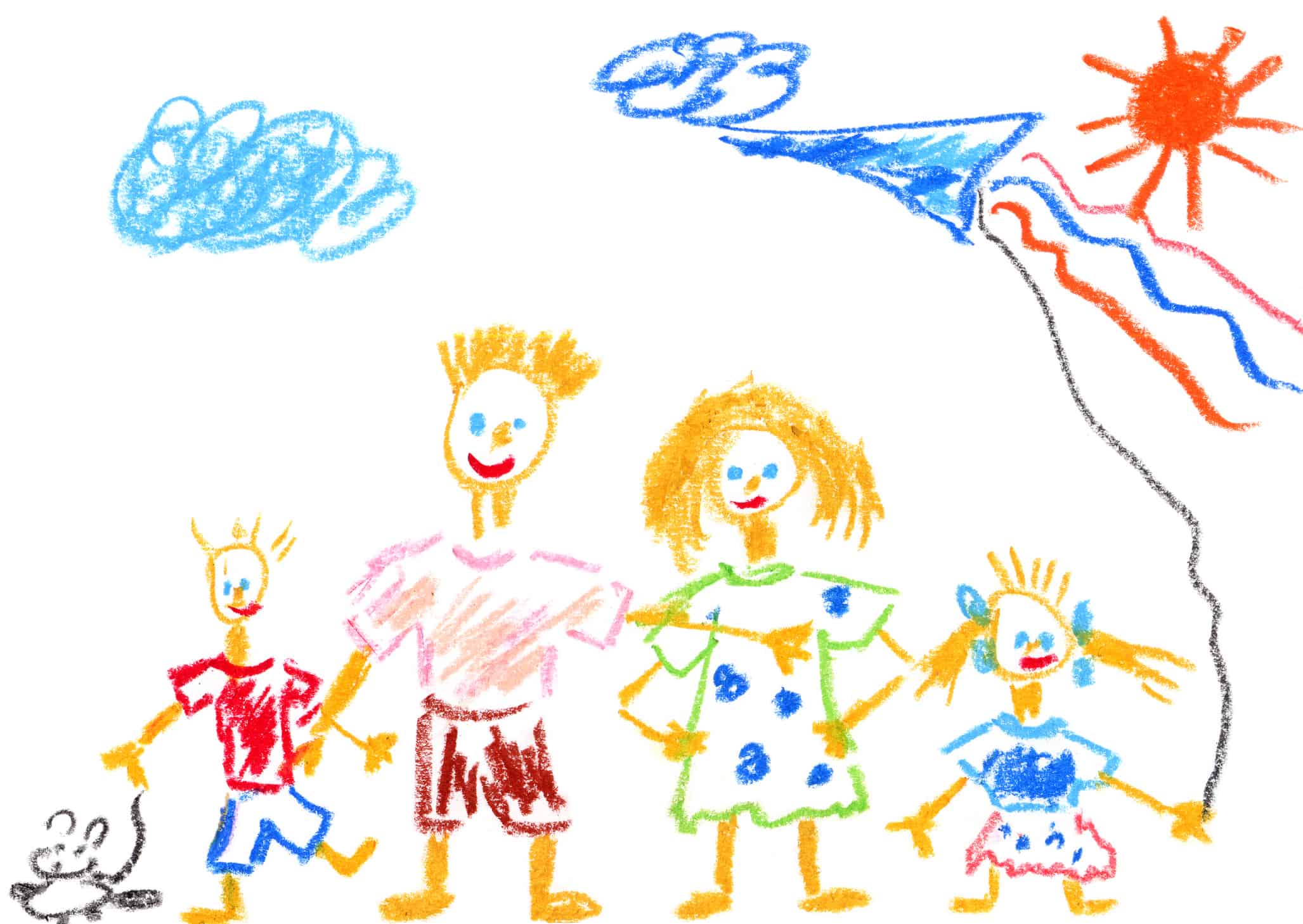For most kids, this is their first year at a big school. Big school means kindergarten. As they start this exciting year in their lives, they will be split between spending time at school and at home. New friends will be made and daddy and mommy’s little son or daughter will seem to grow rapidly with each passing day. There will still be plenty of play times for kids of this age, but teachers will slowly, but surely, start them with lessons full of counting, letters, animals, shapes, and story characters. At home, the little one will start to watch more advanced television programs and begin to pick up on funny lines or jokes.
Sitting at the dinner table will happen more often than before. There is no longer a need for a high chair at this time. A booster seat might still be required for smaller kids, but sitting at the table like a grown-up is a great activity for this age. Sleeping early because of school the next day will also be a habit that is newly incorporated, as well as having your son or daughter brush his or her teeth without full supervision.
What are the best activities to keep this age group of children stimulated? The best activities are those that will continuously teach them about the world around them. Their minds start to develop more rapidly and their curiosities are now bigger than ever.
Counting to 20
Kids are usually asked to count to ten before starting kindergarten. Counting to 20, however, is a big deal. By sitting down with your child and going through another set of numbers, he or she will be able to count so much more than just fingers. Toes can now be counted, too. Repetition will help your child learn; whenever you get an opportunity, have them try counting both their fingers and their toes.
Telling Time
Knowing what the numbers are on a digital clock is one thing, but how about knowing how to tell time on an analog clock? By explaining how an analog clock works and pointing out the difference between the big hand and little hand, kids will be able to tell time anywhere. Even though everyone has a phone with the time on it in their pocket these days, a kid should still learn how to read an analog clock. There may be situations in their life when they need to know how to read one.
Seasons and Holidays
Kids don’t fully understand seasons quite yet. But with kindergarten, they will be able to recognize more holidays besides Halloween, Thanksgiving, and Christmas. Teaching kids about the four seasons will also inform them why some parts of the year are hot, and why some parts of the year are cold. If possible, take them on nature walks during each season and point out to them the simple ways that the world changes with the passage of time. Leaves turn different colors and fall to the ground, some birds are no longer around, and, depending on where you live, snow and ice begin to cover everything.
The Five Senses
Teaching your kids about the five senses will be such a beneficial thing to know and understand. Why kids can go about their way everyday depends heavily on their five senses. Knowing why they prefer certain foods to others and why one thing smells worse than the other are important lessons in life.
Knowing Where They Live
As kids get older, they will start to recognize their surroundings. By pointing out where the house is and where it is located, it will give your child another form of identity. As your child proceeds into higher grades, they will be expected to know their address. While your kindergartener doesn't need to know it by heart, you can start telling them what your address is to familiarize them with it.
Tying Their Shoes
Many kids are ready to tie their own shoes by age five. Some kids may not be ready for a little longer than that, so don't stress too much if your child doesn't seem to be grasping it throughout kindergarten. Some kindergarten programs will include knot-tying lessons, setting the expectation that every student will be able to tie a knot before heading into first grade.
Sit your son or daughter down at a time when you aren't busy and they're rested. Show them how to tie their shoe, step-by-step, and then have them try. Work slowly, and be ready to repeat each step multiple times. Some kids will latch on quickly, while others will take more time.
Once your little one knows how to tie their own shoes, celebrate by getting them a brand new pair! Maybe they've only had Velcro or slip-on shoes to this point, so you can celebrate them “graduating” to tied-knot shoes. Or, maybe you've had to tie their shoes for them until now, so you can celebrate them being able to do that task on their own. Either way, your kid will love being able to get a big reward for achieving a milestone in their development.
The image featured at the top of this post is ©iStock.com/120901347.
